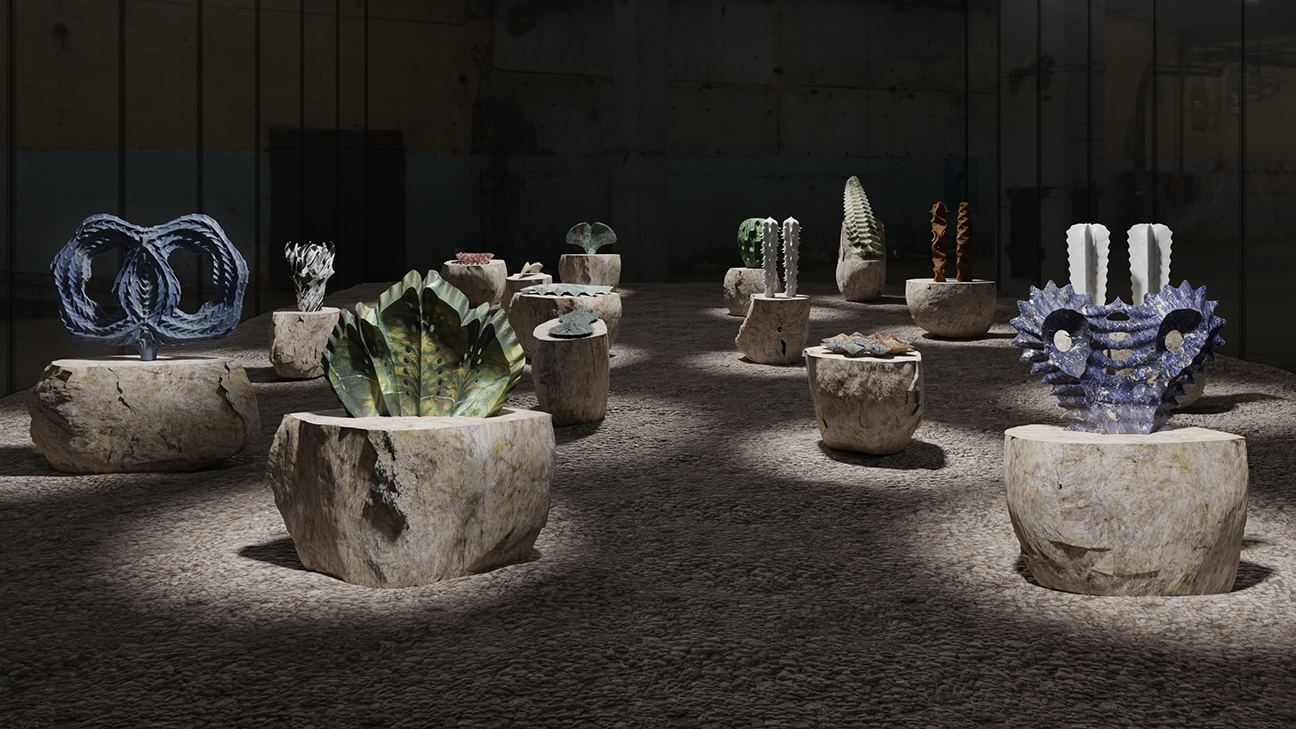Each year at Marmo+Mac, Europe’s leading international stone fair held in Verona, Italy, designers, stone suppliers, stone fabricators and leading computer-controlled machinery makers collaborate to produce works of art in stone.
This illustrates the versatility of stone as a material and the ability of the industry that works it to produce just about anything designers can come up with. It is always a highlight of Marmo+Mac for many visitors.
This year the inspiration for this collaboration is a herbarium, which is a book of a collection of dried herbs accompanied by descriptions of their medicinal virtues.
Herbaria are also exciting showcases of unique forms. Each variety of herb is arranged in an orderly fashion on a page, showing the often extravagant response that nature is capable of creating for the survival of each species.
The exhibition this year at Marmo+Mac is called Herbarium Mirabile (Admirable Herbarium). It is curated by Raffaello Galiotto and will be shown in Hall 10 during Marmo+Mac, which takes place from 26 September to 29 September.
In it, a lithic botanical garden is created, composed of 17 marble sculptures.
All the artworks have been designed using advanced parametric 3D modelling software and crafted in marble using high-precision CNC machines.
And this year, for the first time, the decision has been taken to forgo the traditional manual finishing of the sculptures, allowing viewers to see precisely what the machines are capable of. The result is an interesting new expressive language providing a demonstration of the experimental and avant-garde nature of the exhibition.
In a rectangle enclosed by semi-transparent canvas walls, the artworks rise above flat slabs of Botticino marble resting on a bed of coarse gravel. The arrangement is irregular, but the sculptures are adequately spaced to allow visitors to explore each of them from all angles.
Herbarium Mirabile is an opportunity to experience the beauty of coloured marbles from various parts of the world and enjoy the sensual folds, engravings, and unique surfaces designed by people and shaped by diamond tools driven by computers, thanks to the expertise of the developers and operators of those machines.

